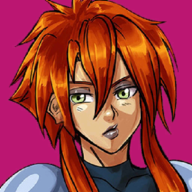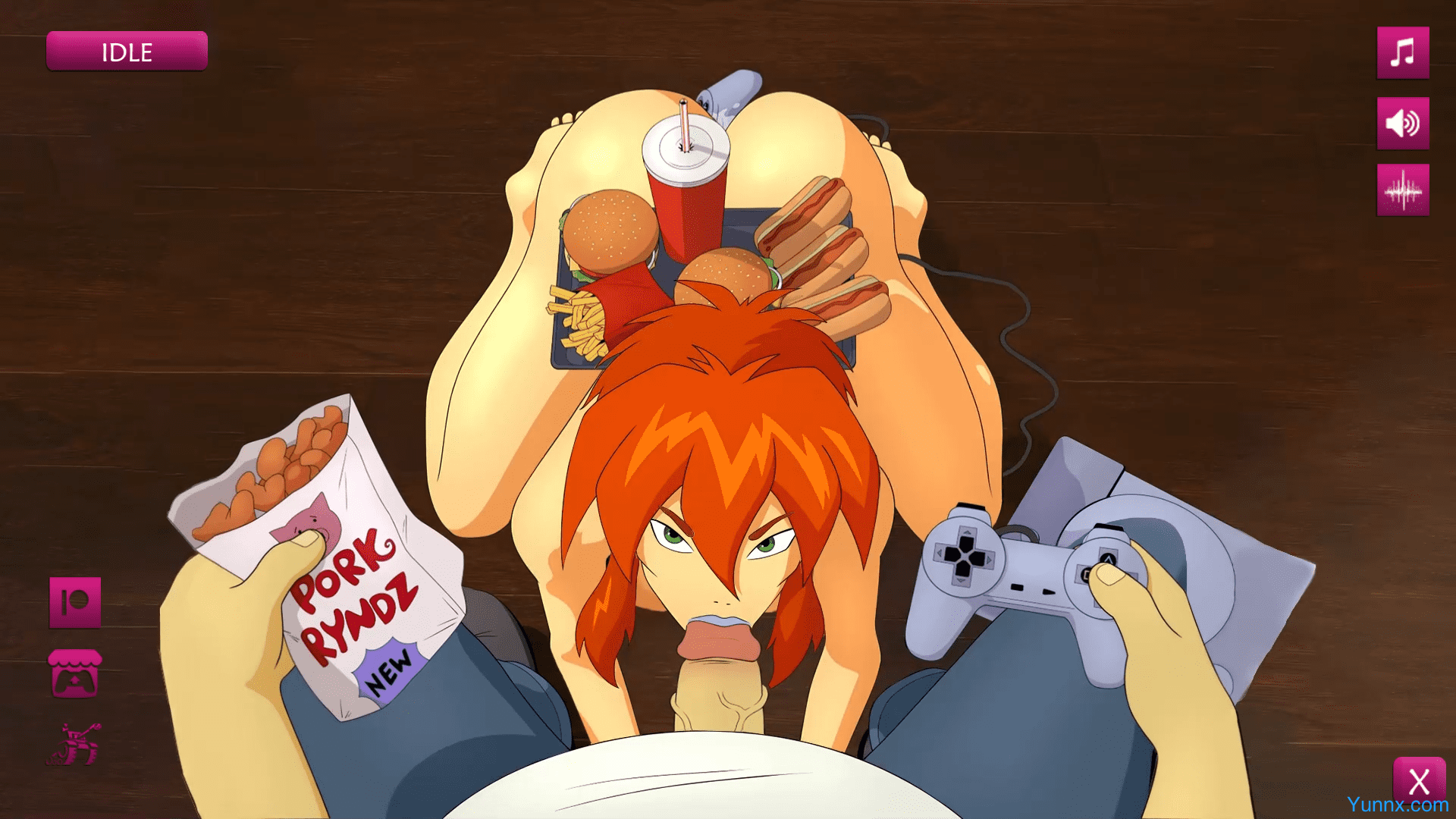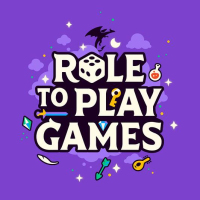Meet Kiva—a self-proclaimed “gaming prodigy” whose skills are… questionable. In this flash-style throwback, you’ll guide her through chaotic levels, laughing at her epic fails (and occasional lucky wins) as she battles pixelated bosses, solves wonky puzzles, and learns that maybe gaming isn’t her true calling. Nostalgic, chaotic, and packed with heart, it’s a love letter to anyone who’s ever rage-quit a tough level.
Flash Nostalgia: A Love Letter to Pixelated Chaos
Kiva Sucks At Videogames leans hard into 2000s flash game aesthetics—think crunchy 16-bit sprites, CRT-screen glow, and a soundtrack that’ll make you hum along to chiptune bops.
1. Authentic Flash Vibes: The game mimics classic flash titles with janky physics (Kiva’s jumps feel deliberately floaty), abrupt difficulty spikes, and menus that look like they were coded in Notepad. It’s not a bug—it’s a feature, celebrating the “so bad it’s good” charm of early web gaming.
2. Pixel Art with Personality: Every level bursts with color: neon-lit arcade halls, overgrown jungle stages (complete with pixelated piranhas), and a final boss arena that’s just a giant, glitchy “GAME OVER” screen. Kiva’s design—overalls, messy hair, and a permanent scowl—pops against the chaos.
3. Soundtrack That Hits Different: Chiptune beats mix with retro synth stings, and Kiva’s grunts of frustration (“Ugh, again?!”) are so over-the-top, you’ll want to record them for memes.
Gameplay: Laughing Through the Struggles
At its core, Kiva Sucks At Videogames is about turning frustration into fun—both for Kiva and the player.
1. Kiva’s “Unique” Skills: Kiva isn’t bad at games… technically. She just has a knack for pressing the wrong button (jumping into lava instead of grabbing a coin), misjudging platform gaps (face-planting into walls), and blaming the controller (“This D-pad is EVIL!”). Your job? Guide her with simple taps/swipes to correct her mistakes—or lean into them for comedic effect.
2. Levels Designed for Chaos: Each stage is a parody of classic game genres: a “precision platformer” where platforms vanish too quickly, a “puzzle room” where the solution is accidentally stepping on a hidden switch, and a “boss fight” against a giant robot that’s way too big for its own good. Failures are hilarious (Kiva gets stuck in a loop of falling into the same pit), but retries feel rewarding.
3. Progression Through Pain (and Laughs): Unlockable perks let you tweak Kiva’s skills—slow down time (to fix her jumps), boost her luck (so she occasionally finds a hidden 1-Up), or even make her more chaotic (she starts yelling at the screen, which distracts enemies). These upgrades turn “sucking” into “strategically sucking.”
Kiva’s Journey: From Frustration to (Sort Of) Mastery
Beyond the laughs, Kiva Sucks At Videogames is about Kiva’s growth—and your role as her hype-person.
1. Character Reactions: Kiva’s emotions shift with every fail. A missed jump makes her groan; a lucky coin grab sparks a victory dance; a boss wipe triggers a dramatic “I’ll get you next time!” rant. Her dialogue feels authentic, like you’re hanging out with a friend who’s having the worst (best) day ever.
2. Easter Eggs & Secrets: Hidden in the levels are references to classic flash games (a “T-Rex Runner” minigame, a “Pac-Man” knockoff) and inside jokes (a poster of “The World’s Best Gamer”… which is clearly a photo of Kiva from 2012). Finding them unlocks bonus art and Kiva’s commentary (“Oh my gosh, I made that?!”).
3. A Story of Growth: By the end, Kiva doesn’t become a pro—she becomes better. She learns to laugh at her mistakes, high-fives you after tough levels, and even admits, “Maybe gaming’s not so bad… if someone’s there to save me.” It’s a sweet, low-stakes arc that makes the chaos feel worth it.




















Preview: